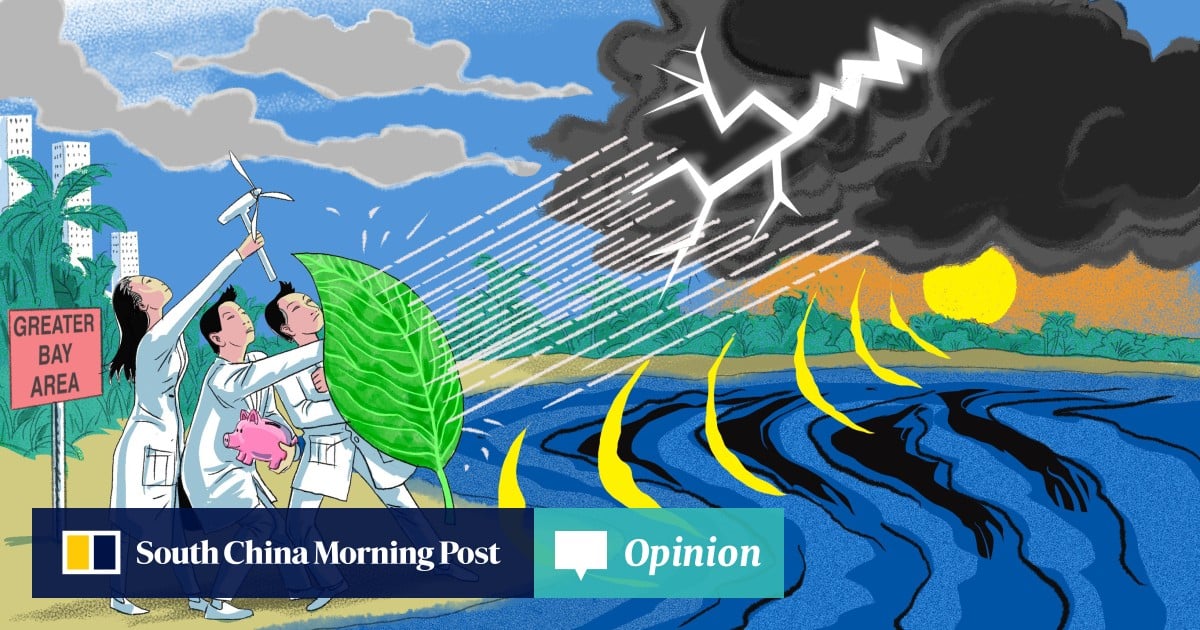
The Greater Bay Area development zone is one of the most economically dynamic regions in the world. With a population of over 86 million and a gross domestic product of around US$2 trillion, it connects global manufacturing hubs, financial centres, technology clusters and tourism destinations.
Advertisement
As Hong Kong, Macau and Guangdong province become more integrated, they are also becoming more exposed to shared risks from extreme weather events. A disruption in one jurisdiction can quickly cascade through supply chains, travel networks and service sectors in others.
Climate resilience is therefore not just an environmental imperative; it is an economic strategy that is needed to safeguard trade, attract investment and sustain growth as we face climate volatility. If anything, the bay area plan has the scale and resources to create a coordinated adaptation framework that could become the benchmark for other coastal megaregions worldwide.
A logical starting point would be a cross-border early warning platform. By pooling meteorological, oceanographic and river monitoring data across the region, a system similar to the European Union’s Copernicus Emergency Management Service could provide shared forecasts and real-time alerts to transport operators, ports, airports and logistics firms.
Predictive analytics could help identify infrastructure at risk before damage occurs, allowing for preventive action. This would save not just lives but also a significant amount of goods moving throughout the region.
Advertisement
Another priority should be common infrastructure standards. The World Bank has found that every US$1 spent on resilient infrastructure can generate up to US$4 in benefits through reduced losses and economic gains. Our region’s ports, railways, power plants and airports are vital; resilience should be factored in from the outset.

